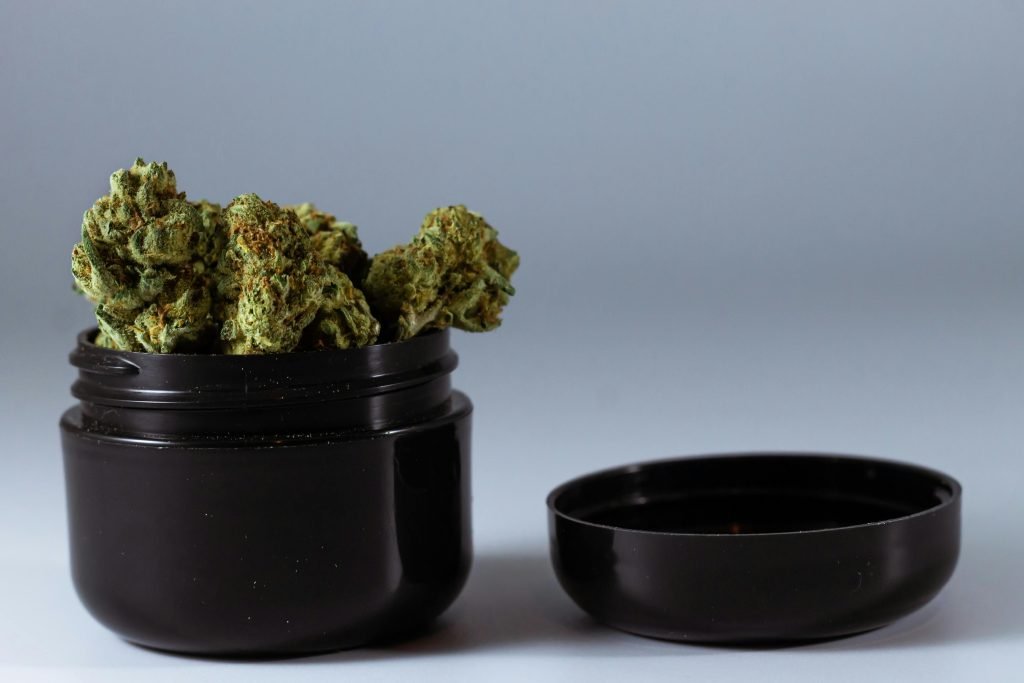Have you ever considered how the air inside your home impacts your health and well-being? indoor air quality is crucial, yet it’s often overlooked. Dust, allergens, and chemicals can accumulate, leading to various health issues. Let’s talk about practical steps you can take to improve the air quality in your home and create a healthier living environment.

This image is property of images.pexels.com.
Understanding Indoor Air Quality
Indoor air quality (IAQ) refers to the condition of the air within your home. It encompasses the presence of pollutants, humidity levels, temperature, and ventilation. Poor IAQ can result from inadequate ventilation, dust accumulation, or chemicals from household products. Recognizing these components is the first step toward improving the air you breathe every day.
Common Indoor Air Pollutants
You might be wondering what exactly contributes to poor air quality in your home. Here are some common culprits:
- Dust Mites: These microscopic creatures thrive in warm, humid environments, particularly in bedding and upholstery.
- Pet Dander: If you have furry friends, their skin flakes, urine, and saliva can trigger allergies.
- Mold and Mildew: High humidity levels can lead to mold growth, which releases spores into the air.
- Volatile Organic Compounds (VOCs): These chemicals are found in many household products, including paints, cleaning supplies, and air fresheners.
- Carbon Monoxide: This colorless, odorless gas can be emitted from gas appliances, causing serious health risks.
By understanding these pollutants, you can take informed steps to eliminate or reduce them.
Enhance Ventilation
One of the easiest ways to improve indoor air quality is to enhance ventilation within your home. Good airflow helps remove stale air and bring in fresh air.
Natural Ventilation Options
Consider opening windows and doors when weather permits. This practice allows for cross-ventilation, where air moves through your living spaces. Additionally, you might consider using exhaust fans in areas like kitchens and bathrooms to help expel humid air or odors.
Mechanical Ventilation Solutions
If natural ventilation isn’t an option, mechanical systems can help. HVAC systems with proper filters promote better air circulation. Consider investing in an energy recovery ventilator (ERV) or heat recovery ventilator (HRV) to exchange stale indoor air with fresh outdoor air without wasting energy.

This image is property of images.pexels.com.
Humidity Control
Maintaining the right humidity levels in your home is vital for minimizing mold growth and dust mites. Ideally, indoor humidity should be between 30% and 50%.
Using Dehumidifiers
If you live in a particularly humid area, using a dehumidifier can significantly reduce moisture levels and improve air quality. This appliance helps eliminate excess humidity, making your environment less hospitable to mold and dust mites.
Regularly Check and Maintain Humidity
Keep an eye on moisture levels using a hygrometer. If you notice high humidity, try to identify and fix the source. This could be from leaks, poor ventilation, or even excessive houseplants.
Clean Regularly
You might underestimate the impact of regular cleaning, but it plays a crucial role in maintaining indoor air quality.
Dusting and Vacuuming
Regular dusting helps reduce allergens like dust and pet dander. Vacuuming with a HEPA filter vacuum can effectively capture tiny particles that standard vacuums might miss. Aim to vacuum at least once a week, and don’t forget to wash your vacuum filter!
Washing Bedding and Upholstery
Washing bedding, curtains, and other fabric items regularly can help minimize dust mites and other allergens. Consider using hot water for thorough cleaning.

This image is property of images.pexels.com.
Utilize Air Purifiers
Investing in air purifiers can significantly improve IAQ, especially if you’re sensitive to allergens or have respiratory issues.
Choosing the Right Air Purifier
When selecting an air purifier, consider one with a HEPA filter, which can capture 99.97% of particles down to 0.3 microns. You may also want to choose an air purifier based on the size of the room.
Placement and Maintenance
Place air purifiers in areas where you spend the most time, such as bedrooms or living rooms. Regularly check and replace filters according to manufacturer recommendations to keep them operating efficiently.
Be Mindful of Chemicals
Your home likely contains various products that emit VOCs, affecting indoor air quality. Being mindful of these chemicals can lead to improvements, especially if you have sensitive individuals in your household.
Opt for Low-VOC Products
Whenever possible, choose paints, varnishes, and cleaning products labeled as low-VOC or VOC-free. These alternatives can significantly reduce the number of harmful chemicals released into your home.
Natural Cleaning Solutions
Consider making your own cleaning solutions using simple ingredients like vinegar, baking soda, and lemon juice. These natural cleaners can effectively tackle dirt and grime without compromising air quality.
Plant Selection
Plants can be both decorative and functional in purifying indoor air. However, not all plants improve air quality equally.
Air-Purifying Plants
Consider incorporating plants known for their air-purifying capabilities, such as:
| Plant Name | Benefits |
|---|---|
| Spider Plant | Removes formaldehyde and xylene |
| Snake Plant (Mother-in-law’s Tongue) | Filters benzene, formaldehyde, and trichloroethylene |
| Peace Lily | Absorbs ammonia and helps humidify the air |
| Bamboo Palm | Filters out formaldehyde and benzene |
While plants can enhance air quality, be mindful of potential allergies, especially if you have pets.
Address Asbestos and Radon Issues
If your home is older, you might need to be aware of hazardous materials like asbestos and radon, which can significantly impact air quality.
Asbestos in Older Homes
Asbestos was commonly used in building materials like insulation and floor tiles. If your home was built before the 1980s, it’s wise to have an inspection. If asbestos is present, consider hiring a professional to safely remove it.
Testing for Radon
Radon is a colorless, odorless gas that can seep into homes from the ground, posing serious health risks. Testing for radon is straightforward; you can purchase kits at hardware stores or hire a professional to assess your home.
Improve HVAC Systems
A well-maintained HVAC system not only keeps your home comfortable but also helps to maintain good air quality.
Regular Maintenance of HVAC Systems
Schedule regular maintenance for your heating and cooling systems. This includes changing air filters, cleaning ducts, and ensuring proper airflow. A well-functioning system can efficiently filter out dust and allergens.
Consider Upgrading Your System
If your HVAC system is outdated, consider upgrading to a more energy-efficient model. Modern systems often come equipped with advanced filtration technology, improving indoor air quality.
Create a Smoke-Free Environment
If someone in your home smokes, the impact on indoor air quality can be significant. Tobacco smoke contains thousands of harmful chemicals, which can linger long after smoking has stopped.
Establish No-Smoking Policies
Encouraging a smoke-free home is one of the best steps you can take. Not only does this improve indoor air quality, but it also protects the health of everyone in your household.
Use Outdoor Smoking Areas
If smoking is unavoidable, designate specific outdoor areas for it. This practice helps prevent smoke from infiltrating your home.
Regular Health Check-ups
Lastly, staying aware of your health is essential, especially if you’ve been exposed to poor air quality for an extended period.
Monitor Allergy Symptoms
If you or other family members experience increased allergy symptoms or respiratory issues, consult with a healthcare professional. They can provide guidance and possibly recommend further testing for allergies.
Health Professionals Can Help
Regular check-ups with your healthcare provider can help identify underlying health issues that may worsen due to poor air quality. Don’t hesitate to bring up any symptoms you might be experiencing.
Summary of Tips to Improve Indoor Air Quality
To make things simpler, here’s a quick recap of ways to enhance indoor air quality in your home:
| Strategy | Description |
|---|---|
| Improve Ventilation | Open windows, use exhaust fans, consider ERVs or HRVs |
| Control Humidity | Use dehumidifiers, check humidity regularly |
| Clean Regularly | Dust and vacuum regularly, wash fabrics |
| Utilize Air Purifiers | Choose HEPA purifiers and maintain them |
| Be Mindful of Chemicals | Opt for low-VOC products, use natural cleaners |
| Select Air-Purifying Plants | Include beneficial plants in your home |
| Address Asbestos and Radon | Test for radon and inspect for asbestos |
| Improve HVAC Systems | Regular maintenance and consider upgrades |
| Create a Smoke-Free Environment | Establish no-smoking policies |
| Regular Health Check-ups | Monitor symptoms and consult health professionals |
Improving indoor air quality is an ongoing process, and taking a few simple steps can lead to a healthier and more comfortable home. Together, we can create an environment where you can breathe easily and thrive.




